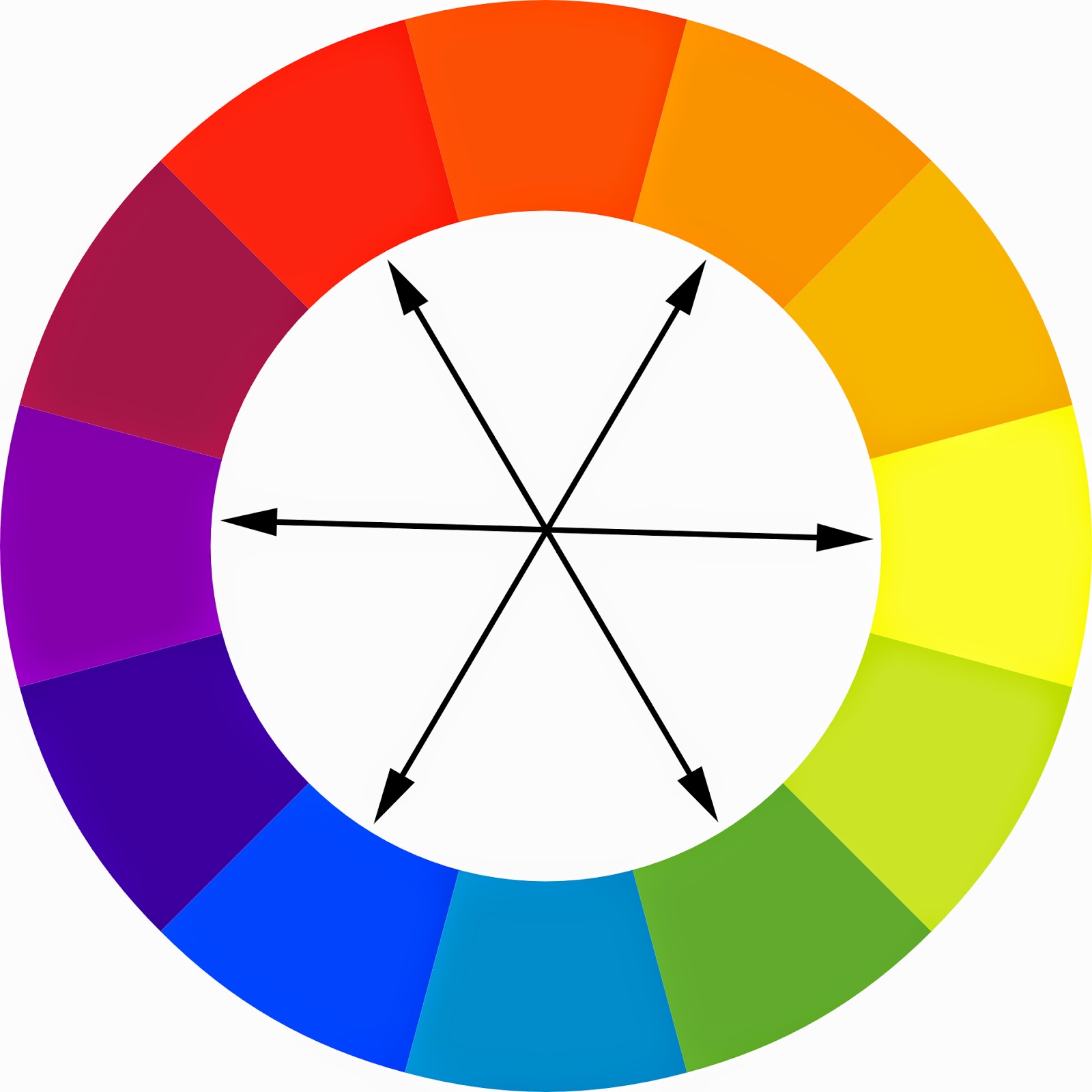
22), already exemplified hereĪnd there in Plautus, e.g. The Vulgar Latin use of ad with Accusative as the equivalent of (On the subsequent disappearance of the word from the language, see Woelfflin in Rheinisches Museum, 37, pp.


601 “ quam fortunatus ceteris sum rebus, absque una hac foret”.

836 “ nam hercle absque me foret et meo praesidio, hic faceret te prostibilem propediem”, 832 “ nam absque foret te, sat scio in alto distraxissent disque tulissent satellites tui me”, 1022 “ nam absque ted esset, hodie numquam ad solem occasum viverem”, For it is found only in one stereotyped phrase, aĬonditional protasis with a Pers. Un-PlautineĪbsque seems to be a survival from an earlier period of the Ab re (the opposite of in rem and ex re) is used even The origin of the use of ab to indicate the Agent with a Passive 631 “ si albicapillus hic, videtur neutiquam ab ingenio senex.” 241 “ quando sterilis est amator ab datis” (cf. 51 “ tam a me pudica est quasi soror mea sit”, 129 “ a morbo valui, ab animo aeger fui”, 60 “ doleo ab animo, doleo ab oculis, doleo ab aegritudine”, 405 “ inibis a me solidam et grandem gratiam”, atqui nunc abs te stat” (to express dissent, seorsum is added in Capt. dum hic hinc a me sentiat (‘ thinks with me’).ī. It is also only possible to beam, triplet, or slur the notes of the shorter duration in a split stem chord. When creating split-stem chords, the notes in the larger duration are ignored when formatting and alignment is performed with respect to other notes above and around this item. Lastly, it is important to understand that only the smaller duration item is actually used in aligning notes on a score. This holds true even if all of the items with stems going in one direction have been removed. When removing notes from an existing chord that includes dual stem directions, the remaining items will still have their stem direction set. Chord members can be removed from a chord in a similar fashion by pressing when the insertion point is directly to the right of the note to be removed. This automatically executes the chord member command. The reverse is also true: a note with its stem going upward cannot be combined with a higher note that has a downward stem.Ĭhord members can be added most efficiently by pressing from the computer keyboard. A note with its stem going downward cannot be combined with a lower note which has its stem going upward.The stem direction assigned to the rest must be different (opposite) than the note that is being added, or the operation will fail. The duration of the rest must be smaller than that of the notes that are added to it. A chord containing a rest is created by first placing the rest, and then adding one or more notes to that rest.Attempts to add a third duration type to an existing chord, or two notes of differing duration but the same stem direction, will be rejected. If a chord member is added to an existing note, it must have the same duration, or it must be in the opposing stem direction.If only one of two overlapping notes is to be dotted, then ties should be used to demonstrate which voice is extended. If either of these notes are dotted, then both should be dotted, or the visual results may be confusing to the reader. Two notes at the same vertical position but with differing accidentals should never be added to the same chord or unpredictable results will occur.



 0 kommentar(er)
0 kommentar(er)
